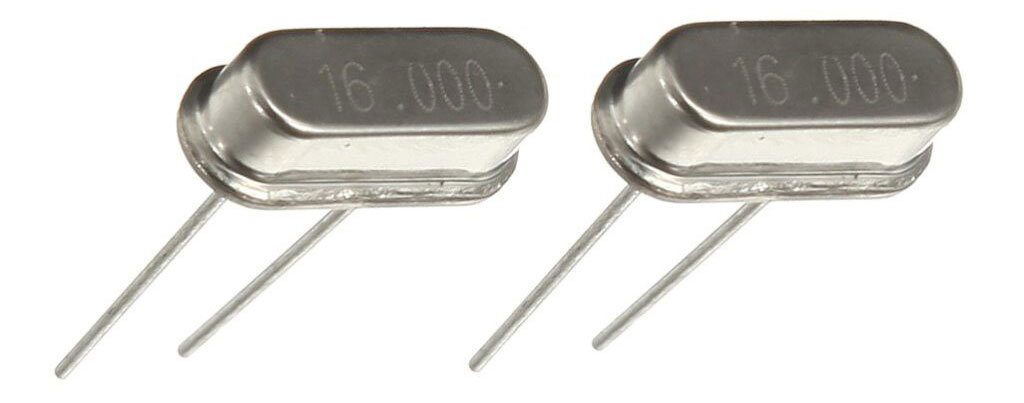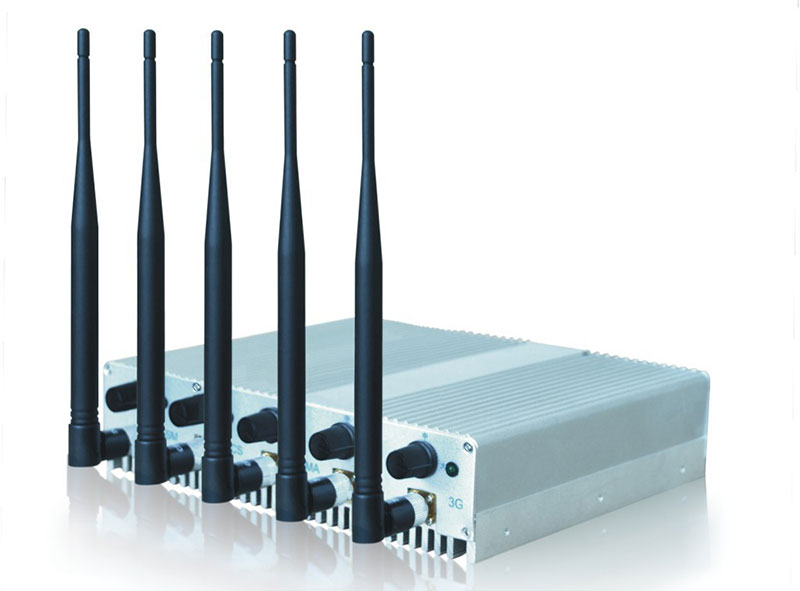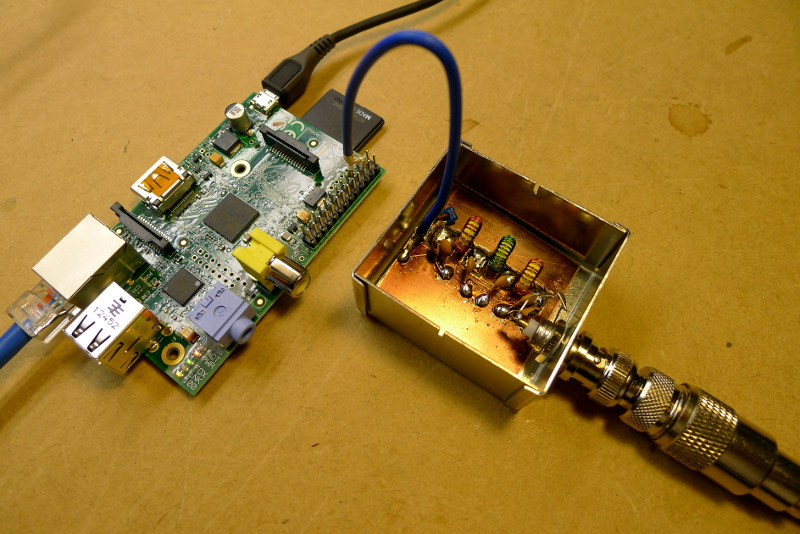Introduction to Radio Frequency Jamming
A radio frequency jammer is the intentional disruption of radio waves in order to prevent communication between two devices. Electronic warfare is a powerful tool for managing communication. It uses specialized devices to emit radio waves at the same frequency as targeted equipment, thus obstructing their ability to receive or transmit signals. Its applications are versatile - from sabotaging enemy activities during military operations, safeguarding sensitive zones, and keeping privacy secure in civilian areas; it offers an advantageous advantage over traditional methods of achieving these goals.

Radio-frequency jamming can be achieved using various methods and technologies, ranging from simple DIY devices to advanced military-grade equipment. A jamming device must be carefully tailored to maximize efficiency, taking into account factors like frequency range, power output, and antenna design. By getting the combination just right you can ensure the optimal effectiveness of your signal disruption! Nevertheless, it is essential to remember that the use of radio frequency jamming devices is deemed against the law in plenty of countries and thus may lead to serious legal ramifications.
The Legality of Radio Frequency Jamming
The legality of radio frequency jamming varies depending on the country and the specific circumstances surrounding its use. International regulations, such as the Geneva Conventions and ITU rules, set forth that utilizing radio frequency jamming is unlawful in practically all nations around the world.
When it comes to radio frequency jamming devices, the United States strictly regulates their usage according to federal law. The Federal Communications Commission (FCC) is responsible for governing these regulations. If someone is found in violation of them face serious consequences. Though civilians risk repercussions if using RF jammers without authorization, exceptions are made by government agencies. As an example, the military or law enforcement uses them legally for security purposes.
Radio-frequency jamming is a major issue in many countries, and its repercussions can be quite severe. Without explicit consent, interfering with others' communication devices - such as cell phones or radios - is considered illegal. The use of technology which disrupts their operation carries heavy sanctions.
It's essential to consider that while a radio frequency jammer may be permissible in certain cases. But its unintended impacts could disrupt critical systems such as emergency services or aviation communication. Accordingly, if the use of the device is deemed necessary and authorized by authorities.
Basic Components Required to Make a Radio Frequency Jammer
The components required to make a radio frequency jammer can vary depending on the design and complexity of the device. Crafting a successful radio frequency jamming circuit requires the right components, including:
- Power source: For a jamming device to function, it needs an electrical energy source with the capacity to keep up. This can be a battery, AC power supply, or DC power supply.
- Oscillator: An oscillator serves as the pulsing heart of a jammer, creating an audio signal at a designated frequency and amplifying it for transmission. The oscillator can be a crystal oscillator, LC oscillator, or voltage-controlled oscillator (VCO).

- Amplifier: Amplification is essential for a powerful oscillator as it boosts the signal to effectively disrupt its intended target. The amplifier can be a transistor-based amplifier, an operational amplifier, or a power amplifier.
- Antenna: An antenna is used to transmit the jamming signal to the target device. The antenna you choose for your jammer depends on the frequency range and output power. Dipole antennas, patch antennas, and helical antennas are all widely used in radio frequency jamming projects.

- Filter: Jamming signals can be tailored to selectively interfere with target devices while leaving nearby electronics unscathed through the use of filters. Moreover, bandpass and low-pass filter varieties are available for precisely limiting these frequency ranges.
- Control circuit: By controlling the jammer's signal, the control circuit can manipulate frequency, power, and modulation in order to guarantee maximum efficiency.

- Cooling system: An efficient cooling system should be included in the amplifier setup to dissipate heat and protect components from overheating.
Note that the design and construction of a radio frequency jammer require specialized knowledge and expertise in electronics and radio frequency engineering.
Different Types of RF Jammers
An array of radio frequency jammers exist, each built for a particular purpose and boasting unique features. Here are some of the most common types:
- Broadband jammers: Jammers can be employed in a number of military contexts, unleashing powerful synchronized frequencies to disrupt communications and operations. They are effective against a wide variety of communication systems, but can also interfere with friendly communication and cause unintended consequences.

- Narrowband jammers: Jammers are specialized devices that can interfere with a range of radio frequencies to disrupt certain types of communication systems, like GPS or cell phones.
- Spot jammers: To ensure an effective jammer build, choose a microcontroller board and software-defined radio hardware that match your project's technical needs for functionality. A wide selection of these components is integral to achieving success!
- Self-protection jammers: These jammers are designed to protect a specific vehicle or device from incoming signals. As an example in military applications to protect aircraft from guided missiles.

- Continuous wave (CW) jammers: These jammers emit a constant signal at a specific frequency. These are often used for testing or research purposes.
- Pulse jammers: These jammers emit short bursts of jamming energy. These are often used to disrupt radar or other intermittent communication systems.
- Programmable jammers: These jammers can be programmed to emit different frequencies, power levels, and modulation types. This makes them versatile and adaptable to different situations.
It is important to keep in mind that radio frequency jammers are typically prohibited in most countries. Any unauthorized use may result in severe repercussions. To ensure compliance with regulations, it is essential to secure the appropriate permits and approvals before making jamming equipment.
How to Make a More Advanced RF Using a Microcontroller and Software-defined Radio (SDR)
Building a more advanced radio frequency jammer using a microcontroller and software-defined radio (SDR) requires specialized knowledge. Moreover, should be expertise in electronics, programming, and radio frequency engineering. An effective and efficient radio frequency jammer requires careful consideration of various key factors.
Following are the steps involved in building a more advanced radio frequency jammer using a microcontroller and SDR:

- Select the microcontroller and SDR hardware: To successfully build your jammer, be sure to select a microcontroller board. And software-defined radio hardware that are compatible with each other and fulfill the specifications of your project. Some popular options for microcontroller boards include Arduino and Raspberry Pi, and popular SDR hardware includes HackRF and USRP.

- Install the necessary software: Install the software required to program the microcontroller and control the SDR hardware. This may include the Arduino IDE, Python programming language, and GNU Radio software.
- Develop the software: Write the code for the microcontroller and SDR hardware that will control the jamming signal. This can include setting the frequency and power output of the jamming signal. And modulating the signal to mimic a specific communication protocol.
- Test and debug: Test the jammer in a controlled environment and debug any issues that arise. Ensure that the jammer is not interfering with any authorized communication systems.
- Build the hardware: Once the software is developed and tested, build the hardware. That is required to house the microcontroller and SDR hardware. And connect them together.
- Test and verify: Test the fully-assembled jammer and verify that it is operating as intended.
Note that building a radio frequency jammer using a microcontroller and SDR is a complex and advanced project.
Factors to Consider When Making an RF Jammer
It is vital to consider various elements such as antenna design in order to guarantee reliable results. Some of the key factors to consider include:
- Frequency range: The jammer must be designed to operate in the frequency range of the target communication system. It is important to select the appropriate components and adjust the circuit parameters to achieve the desired frequency range.
- Power output: The power output of the jammer must be sufficient to disrupt the target communication system. However, it is important to avoid excessive power output, which can cause interference with other authorized communication systems and violate regulatory limits.
- Antenna design: The antenna is a critical component of the jammer and must be designed to efficiently radiate the jamming signal. The antenna design must take into account the frequency range, power output, and desired radiation pattern of the jammer.
- Modulation scheme: Jamming technology has evolved to the point where malicious signals can be disguised as regular communication protocols, making it much more difficult for target systems to detect and counteract.
- Jamming strategy: Depending on the target communication system, different jamming strategies may be more effective. For example, a constant wave (CW) jamming signal may be effective against simple communication systems, while more advanced systems may require a more complex and dynamic jamming strategy.
- Legal and ethical considerations: Radio Frequency jammers are illegal and any effort to develop the device should be done exclusively for educational or experimental objectives, with all necessary legal authorizations. It is also important to consider the potential impact on authorized communication systems and avoid disrupting essential services.
In summary, making an effective radio frequency jammer requires careful consideration of several factors, including frequency range, power output, antenna design, modulation scheme, and jamming strategy.
Conclusion
In conclusion, building a radio frequency jammer can be a complex and challenging task that requires specialized knowledge and expertise. While there are simple designs that can be made using basic components, more advanced jammers that incorporate microcontrollers and software-defined radio require advanced knowledge in electronics, programming, and radio frequency engineering.
It is imperative to recognize that the utilization of radio frequency jammers is outlawed in most areas, and any trial to construct such a device should only be executed for educational or experimental purposes with compulsory legal permissions. Moreover, the use of jammers can cause interference with authorized communication systems, potentially disrupting essential services and creating serious safety risks.
Ultimately, if you are eager to venture into the realm of radio frequency engineering and experimentation, it is vital that you do so with a comprehensive knowledge of all relevant regulatory and moral considerations. By approaching the project with caution and care, you can gain valuable insights into the fascinating world of radio communication and electronic design.








